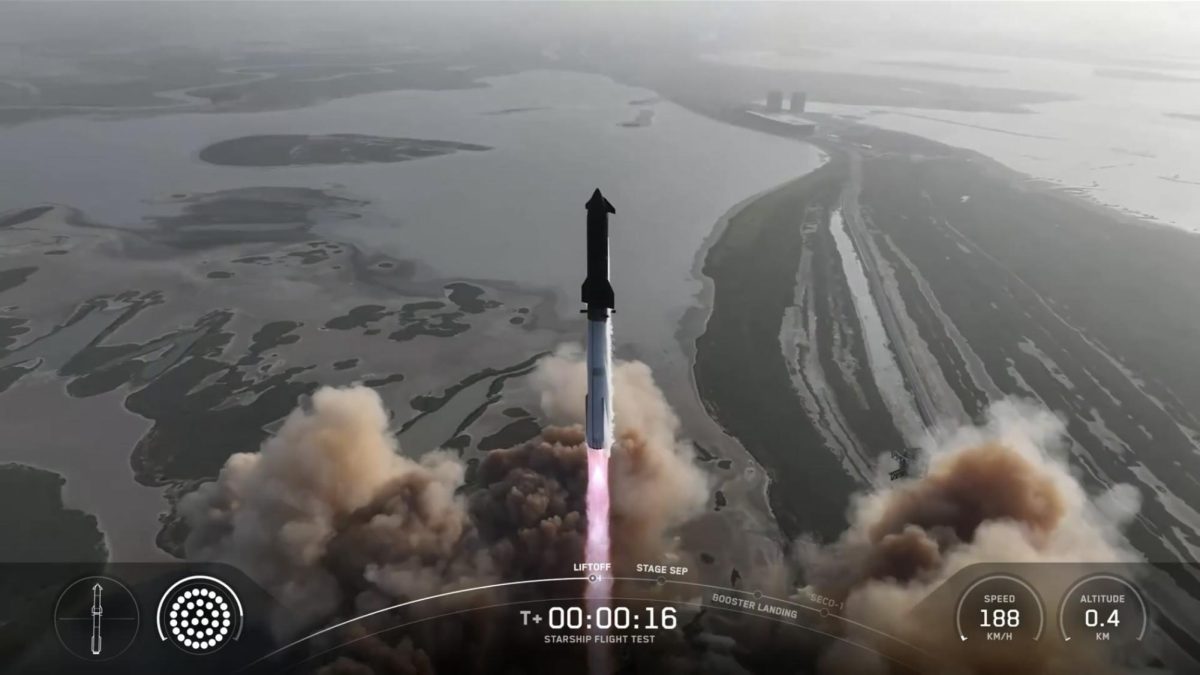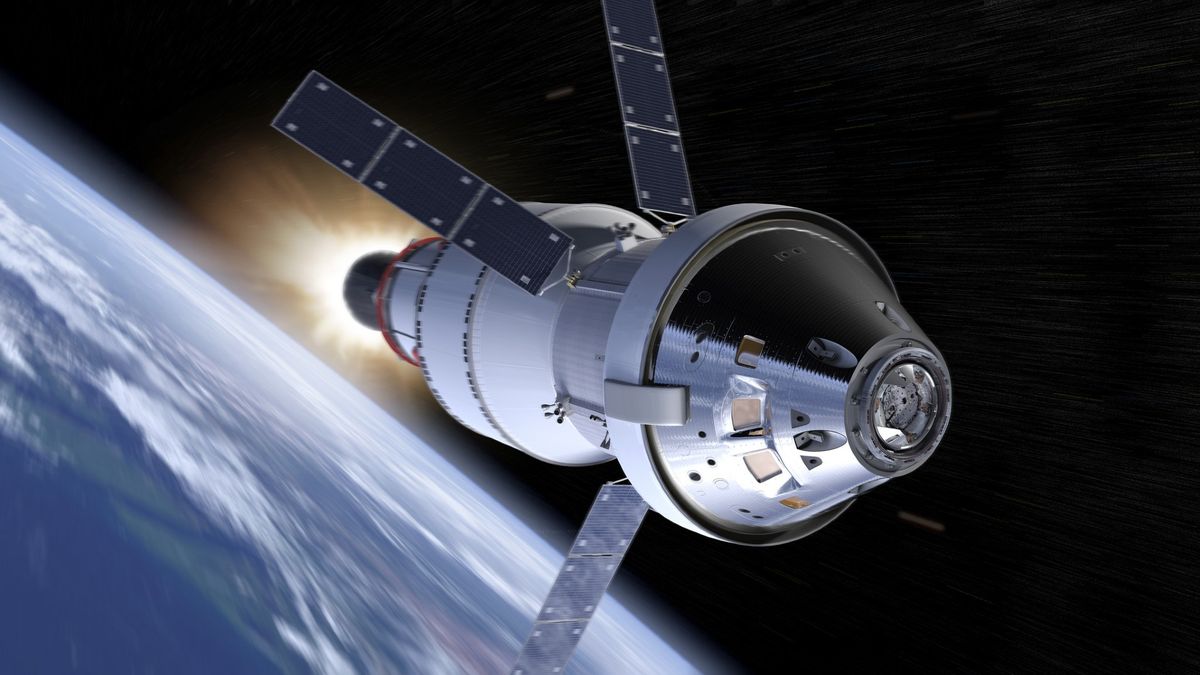Rockets are humans’ best way of escaping the atmosphere of Earth and reaching space. However, getting these machines to work is far from simple. Here’s what you need to know about getting a rocket into space.
Writers and inventors have dreamed of exploring the universe beyond Earth for centuries, but the real challenges of traveling into space only became apparent in the 19th century. Experimental balloon flights showed that Earth’s atmosphere thins rapidly at high altitudes. So even before powered flight became a reality, engineers knew that devices that create a forward or upward force by pushing against a surrounding medium like air — such as wings and propellers — would be useless in space.
Another problem was that combustion engines — machines such as steam or gasoline engines that generate power by burning fuel in the oxygen from Earth’s atmosphere — would also fail in airless space.
Fortunately, a device that solved the problem of generating force without a surrounding medium had already been invented — the rocket. Initially used as weapons of war or in fireworks, rockets create a force in one direction, called thrust, by the principle of action and reaction: exhaust fumes released by explosive chemicals are pushed out of the back of the rocket at high speed, and as a result, the rocket is pushed in the other direction, regardless of any surrounding medium, NASA explained in this perimeter.
The key to using rockets in space is to carry a chemical called an oxidant that can perform the same role as oxygen in Earth’s air and enable the fuel to combust.
- https://www.nasa.gov/humans-in-space/spaceships-and-rockets/
- https://www.space.com/42312-greatest-spaceships-of-science-fiction.html
- https://en.wikipedia.org/wiki/Spacecraft
- https://www.space.com/coolest-spaceships-in-sci-fi
- https://spaceengine.org/universe/space-ships
learn where you can see a spaceship launch at https://www.kennedyspacecenter.com






